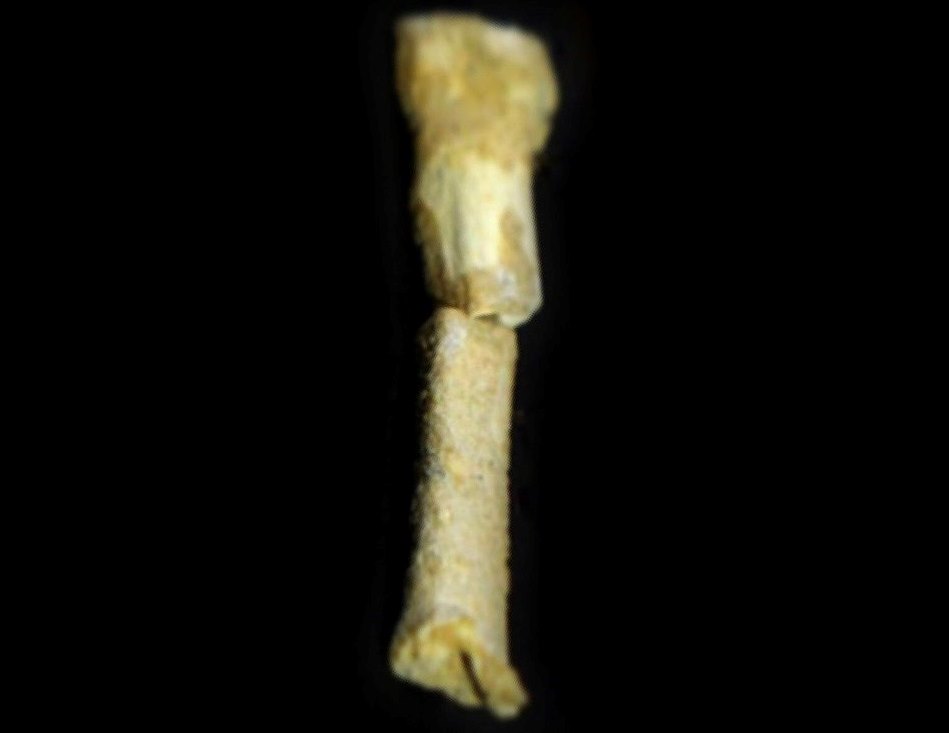Scientists have made a unique and groundbreaking discovery of their time in the field of anthropology. On the largest Philippine island of Luzon, they found skeletal remains of a less developed man who made company to Homo sapiens. According to analyzes he measured less than 120 cm and was named Homo luzonenis – according to the location of the finding.

All excavations and archaeological finds were carried out in the Callao Cave on Luzon Island, Philippines, and a total of thirteen remains of Homo luzonensis were found in the form of teeth and bone parts. A team of experts have studied the remains for 12 years. Experts agree that these were the remains of three individuals who lived about fifty to sixty-seven thousand years ago here.
The Archaeological Findings
In 2007, Archaeologist Armand Salvador Mijares of the University of the Philippines conducted excavations in the Callao Cave on Luzon Island and discovered a toe bone. According to him, it did not look like the bone of a modern human, but it was impossible to determine with certainty to whom or witch it belonged based on just one bone.

After next 4 years of searching for remains, in 2011, the research team found more bones from the toes and hands, part of the femur and seven teeth.
After analyzing teeth and skeletal remains, which lasted for another 8 years, it was found that these people were almost 120 centimeters tall and they had some monkey features. According to scientists, it belongs to an unknown human species. It was named Homo luzonensis according to its location.
And What about Darwin?
Discovering a new kind of early hominid is a breakthrough in anthropology. This calls into question the notion that the human evolutionary line has always advanced precisely from less advanced to more advanced species. It is practically just another proof that it is still not entirely clear how precisely and from what stages of development the present man evolved, if at all.
Source & credit: https://www.nationalgeographic.com/science/2019/04/new-species-ancient-human-discovered-luzon-philippines-homo-luzonensis/,commons.wikimedia.org,flickr.com















